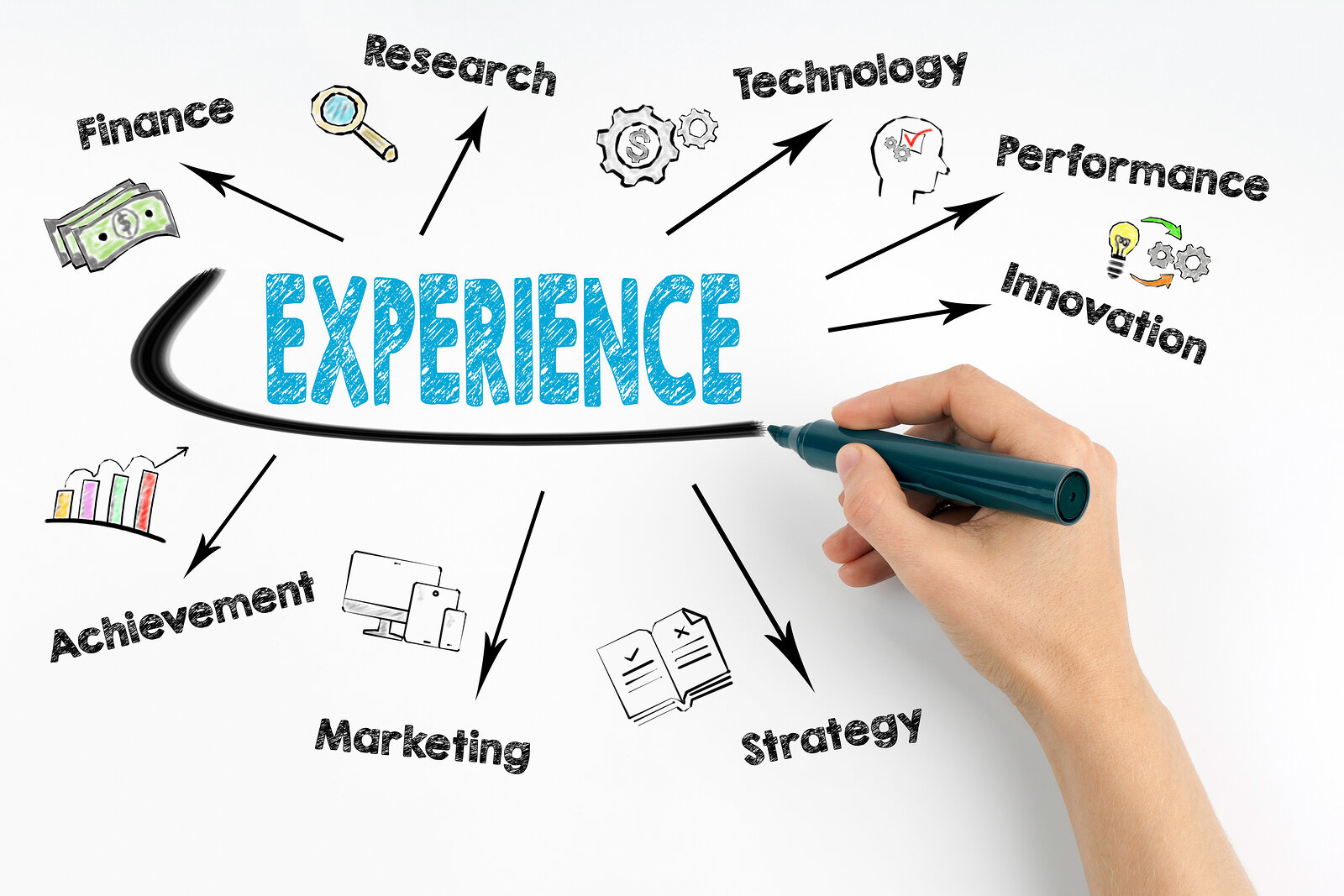You want to create a customer experience vision.
A CX vision is the foundation of any service culture. It's a shared definition of an outstanding customer experience that gets everyone on the same page.
The one thing stopping you is time.
You cringe at the thought of endless focus groups, exhaustive committee meetings, and months of back-and-forth. All that to create an incomprehensible word salad that nobody likes.
There's another way.
My proven process takes just two hours. The result is a razor-sharp customer experience (CX) vision that everyone can understand and embrace.
In this post, I'm going to explain why:
Two months is too long
Two hours is just right
Why two months is too long to write a CX vision
I’ve seen a lot of CX vision projects take two months (or longer). Almost all of them have failed to deliver a useful statement.
The two-month approach relegates the CX vision to a side-project.
Committee members get distracted. Executive sponsors aren’t actively involved. Focus group participants wonder what became of their input.
It leads to a lot of talking in circles. People get confused. The plot is quickly lost. Somebody eventually raises the question, "What are we even trying to do?"
The result is a bloated nonsense paragraph.
One company created a CX vision that covered an entire wall in its lobby. The vision was full of big, impressive words that had absolutely no meaning.
Employees weren’t inspired. They viewed it as a symbol of wasted time.
Why two hours is just right to create a CX vision
Imagine your organization on its best day.
One of those magical days when everything goes right. Customers are delighted. Teams are working in concert. Everyone is dialed in.
Those days happen. Maybe not as often as you'd like, but they happen. And it's on those days that you're fulfilling your CX vision. You just have to describe it.
The two-hour meeting is focused on defining that best day in one crystal clear, razor sharp sentence. It takes just two hours because the goal is to articulate what's already there.
Kitchens for Good provides a great example.
It's a nonprofit that runs a culinary apprenticeship program for people who face barriers to traditional employment. The CX vision at Kitchens for Good is also the organization's mission statement.
Here was the old mission:
Kitchens for Good uses food to transform lives and nourish communities by providing people with the skills and support to launch meaningful careers.
It had some good elements, but nobody could remember it. There were too many words and it wasn’t direct. The mission lacked punch.
A cross-functional team of Kitchens for Good employees wrote a new statement in just two hours. This one is much sharper and easy to memorize:
Transforming lives through culinary arts
The new statement represents Kitchens for Good on its best day. Look at this Instagram post announcing the graduation of three apprentices and you'll see it:
How to create a memorable CX vision
A good CX vision has three characteristics.
It's simple and easily understood.
It's focused on customers.
It reflects both who you are now and who you aspire to be in the future.
I explain the complete step-by-step CX vision writing process in this guide. Here's an overview:
Start with a little preparation:
Get input from employees.
Gather existing missions, visions, and other statements.
Assemble a team of 7-10 people.
The meeting itself lasts just two hours. You'll need a highly-skilled facilitator, so decide whether you need to bring in outside help.
During the meeting, focus on word-smithing a CX vision that reflects that “best day.” It should be one simple sentence that describes what the organization already does well and hopes to do more consistently in the future.
The goal is to write something that immediately grabs people.
"This is exactly why I work here!" exclaimed one participant at a vision writing session I facilitated. The new CX vision clearly captured that "good day" essence.
Conclusion
Writing a CX vision should take just two hours. All you need is a little bit of preparation and this step-by-step process.
It’s the foundation of a customer-focused culture. The type of culture where all of your employees are obsessed with service and always seem to do the right thing.
Get a complete service culture guide in The Service Culture Handbook.





